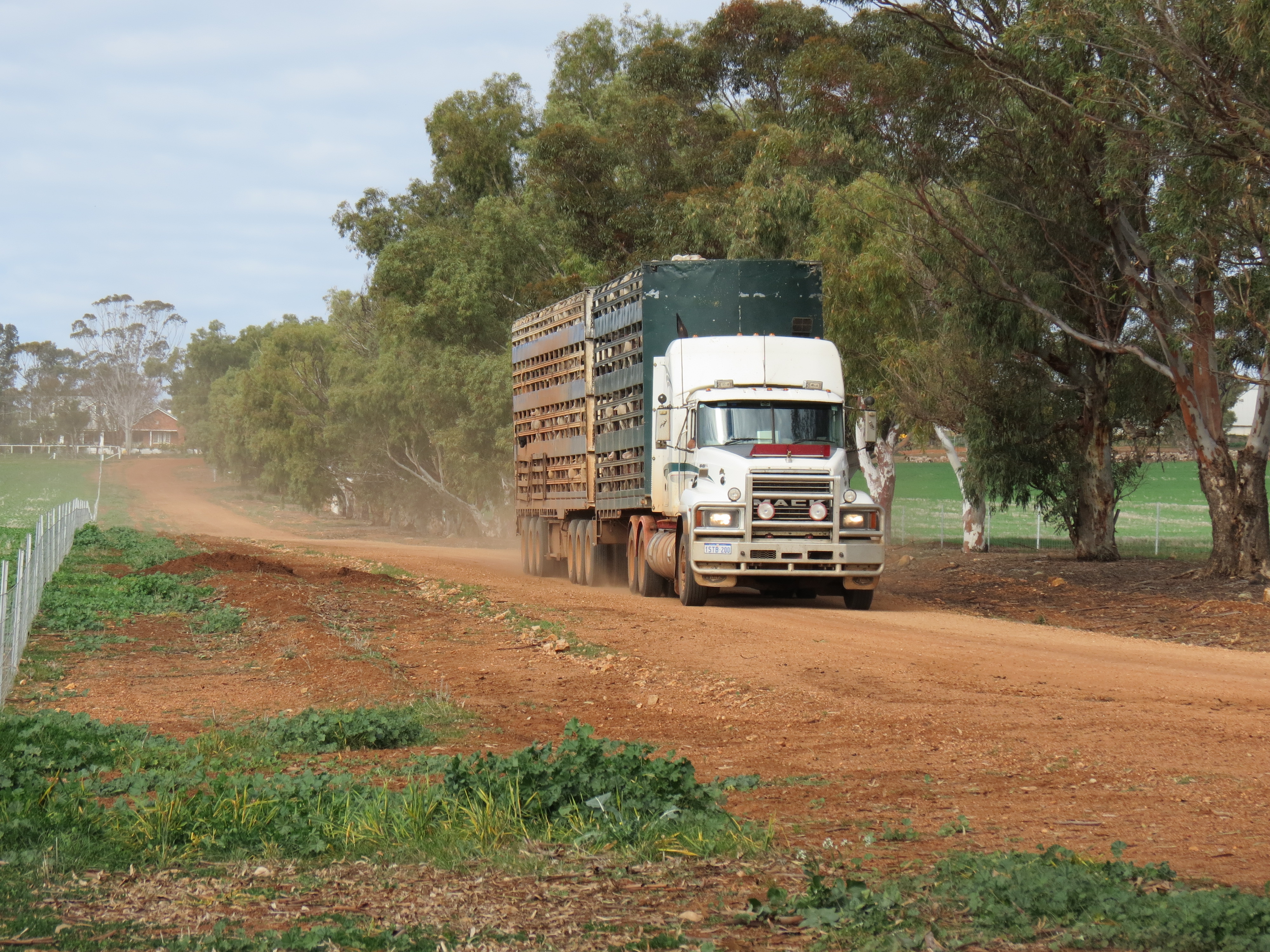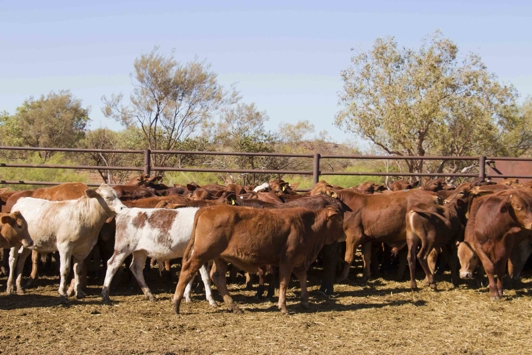What is a national livestock standstill?
In the event of the diagnosis or strong suspicion of foot-and-mouth disease (FMD) in Australia, state and territory governments will collectively implement a national livestock standstill (NLSS) across Australia, including in unaffected states and territories. This means that livestock susceptible to FMD (cloven-hooved animals such as cattle, sheep, pigs, goats, buffalo, camels, alpaca, llama and deer) cannot commence a new movement from the time the standstill is declared until the standstill ceases, unless approved by permit from the state/territory government authority.
The livestock standstill will be in force initially for 72 hours in order to minimise the potential spread of the disease around Australia, whilst tracing and surveillance is undertaken to determine the extent of disease spread.

A livestock standstill will reduce the spread and costs of foot-and-mouth disease
Detection of FMD in Australia is likely to result in an immediate closure of export markets for Australia’s livestock and livestock products.
Minimising the spread of the disease through a livestock standstill will reduce the significant economic and social consequences of a foot-and-mouth disease outbreak to livestock producers, livestock and regional industries and Australia's economy.
How exactly does a livestock standstill help?
FMD is a highly contagious virus that spreads between susceptible animals by:
- movement of infected animals
- direct contact with an infected animal
- air-borne particles from infected animals
- movement of contaminated animal products (such as manure), vehicles, equipment and people.
Ceasing all movement of FMD susceptible livestock will reduce the likelihood of spread of FMD around the country, and reduce the costs and time spent eradicating the disease.
Declaring a livestock standstill
- Nationally, government and industry will make the decision, via the Consultative Committee for Emergency Animal Diseases and National Management Group, to implement a livestock standstill. In Western Australia (WA), the decision will be implemented through the Government Gazette under the Exotic Diseases of Animals Act 1993.
- The department will inform key industry groups, who will share the responsibility to communicate the information to all relevant people by the fastest and most effective means.
- Industry and government preparation will ensure the success of a livestock standstill.
- While governments can implement a standstill, to maximise its effectiveness, industry should have pre-prepared procedures in place on how to communicate and respond to the standstill.
- In particular - saleyards, abattoirs, stock agents and show managers will require plans that address how they will manage the health and welfare of livestock (food and water) and ensure biosecurity measures are appropriate during a standstill.
Livestock in transit at the time the livestock standstill is declared
The management of livestock in transit is outlined in the principles contained within section 6.3.1 of the AUSVETPLAN Foot-and-mouth disease response strategy. An overarching principle is that livestock should generally return to the property of origin or continue to the intended destination, unless advised otherwise by state/territory government authorities.
Transporters carrying livestock that cannot action these principles must contact DPIRD for further direction.
AUSVETPLAN Foot-and-mouth disease response strategyEnforcement of the livestock standstill
It is illegal to commence any new movements of cloven-hooved livestock while the standstill is in place unless you obtain a permit from DPIRD.
Under the Exotic Diseases of Animals Act 1993 (EDAA), Inspectors have the power to stop vehicles suspected to be carrying livestock. Failure to comply with the standstill may result in a fine of $5,000 or imprisonment of 12 months, or both.
This reflects the importance of a livestock standstill to minimise the likelihood of disease spread whilst government, producers, industry and community work together to determine the extent of disease spread in the initial days following the detection of FMD.
Management of animals during a livestock standstill
The person(s) in charge of livestock when a standstill is implemented is responsible for maintaining their health and welfare during the standstill. For example, it will be the responsibility of the saleyard operators to maintain the health and welfare of stock in saleyards during a standstill.
Lifting the livestock standstill
The standstill may be extended after the initial 72 hours depending on risk assessments carried out in each jurisdiction. The lifting of the standstill may occur at different times around Australia depending on the disease situation.
If the disease were present in WA, additional movement restrictions would be imposed surrounding the areas of infection.
Government and industry will advise livestock owners once the standstill has been lifted.
Contact us
-
Livestock biosecurity

